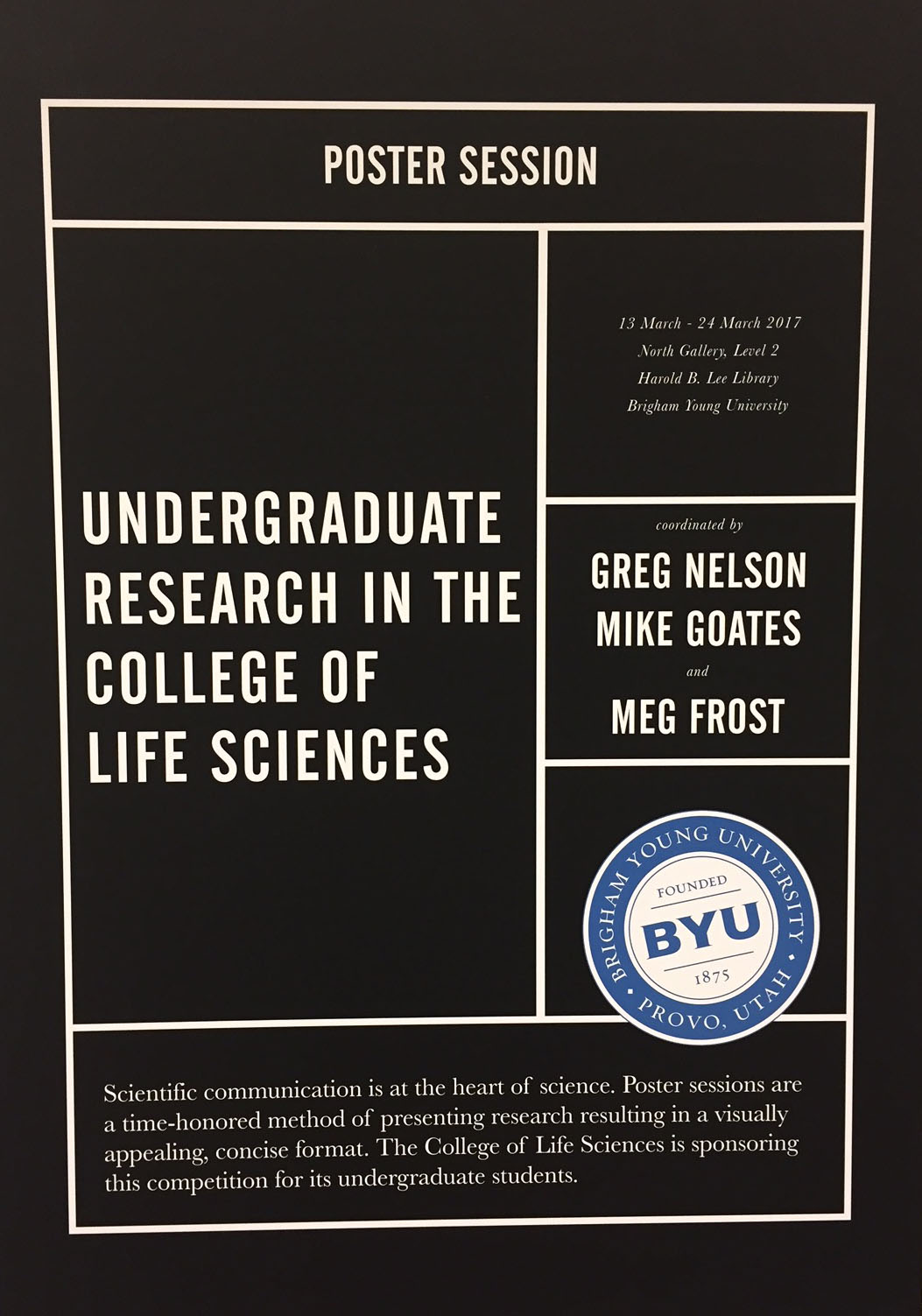Files
Download Full Text (856 KB)
Keywords
Biophysics, proteins, exocytosis, SNARE complex
Abstract
In the brain, neurons communicate via releasing and detecting neurotransmitters. Release occurs through exocytosis, following fusion of synaptic vesicles to neuronal cell membranes. This process is driven by formation of a dynamic quaternary protein structure known as the SNARE complex. SNAP-25 contributes two alpha helical domains to this complex. Neurons express SNAP-25 in two distinct isoforms, SNAP-25A (25A) and SNAP-25B (25B). These two isoforms vary by only 9 amino acids and are expressed differently depending on brain region and the developmental stage of the neuron [1]. The primary structures of 25A and 25B and their effect on SNARE complex formation have been studied [2]. However, the difference in secondary structures of 25A and 25B are still being explored. Using circular dichroism (CD) spectroscopy, we illustrate differences in the secondary structure of 25A and 25B following exposure to a variety of environmental conditions and other factors. We show that temperature, redox state, and alcohol differentially alter the secondary structure of SNAP-25 isoforms. Although 25A and 25B function similarly under normal physiological conditions, we hypothesize that the differences observed provide the cell with appropriate responses under different environmental stresses. During different stages of development and in different regions of the brain, neurons presumably select the isoform that best meets the cell’s needs.
BYU ScholarsArchive Citation
Jackson, Joseph; Woodbury, Dixon J.; Blocker, Tanner M.; Shumway, Samuel W.; Sumsion, Jarom S.; Weed, Thomas; Carlson, Jason; Mumford, Nathan; and Poland, Ryan, "Changes in Environmental Conditions Affect the Two Isoforms of SNAP-25 Differently" (2024). Library/Life Sciences Undergraduate Poster Competition 2024. 43.
https://scholarsarchive.byu.edu/library_studentposters_2024/43
Document Type
Poster
Publication Date
2024-03-21
Language
English
College
Life Sciences
Department
Cell Biology and Physiology
Copyright Use Information
https://lib.byu.edu/about/copyright/


